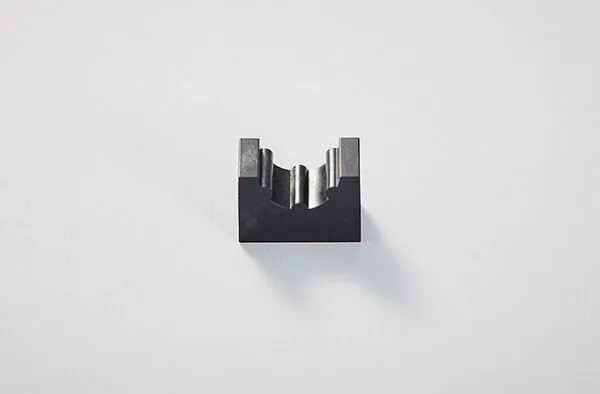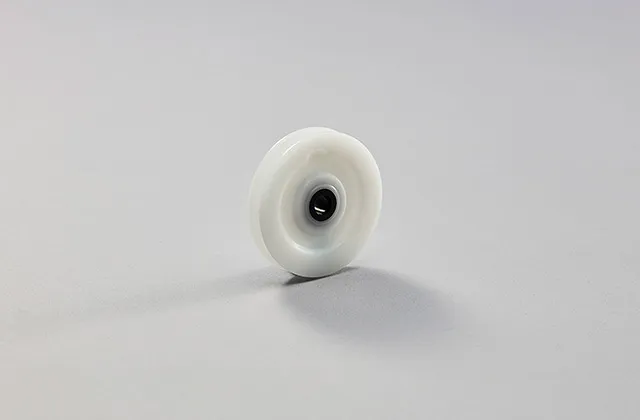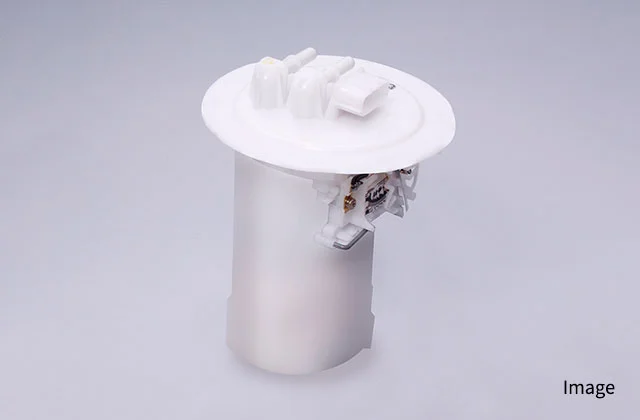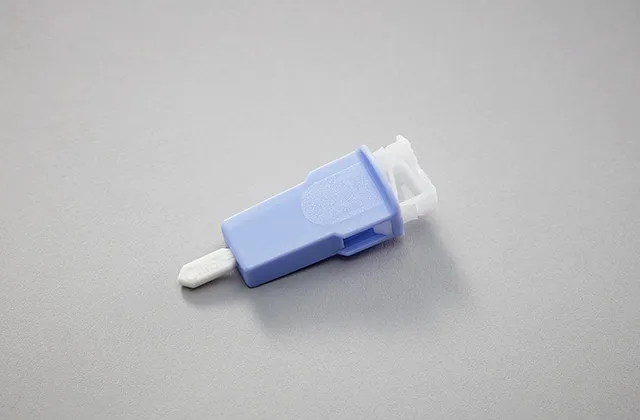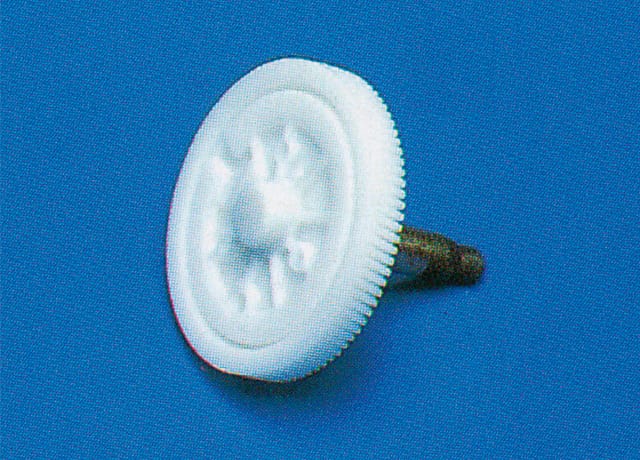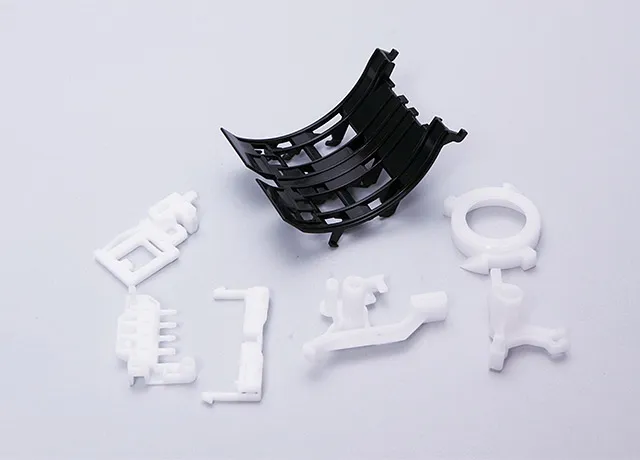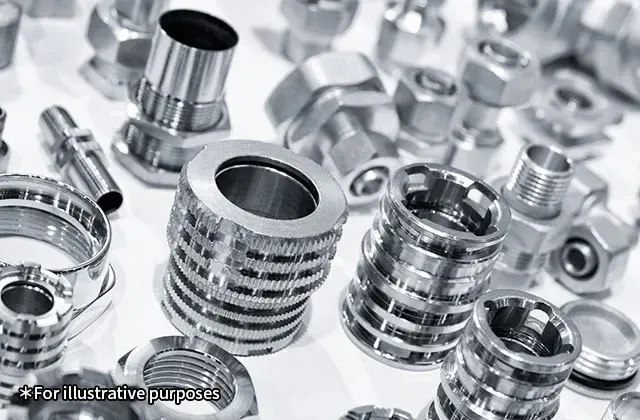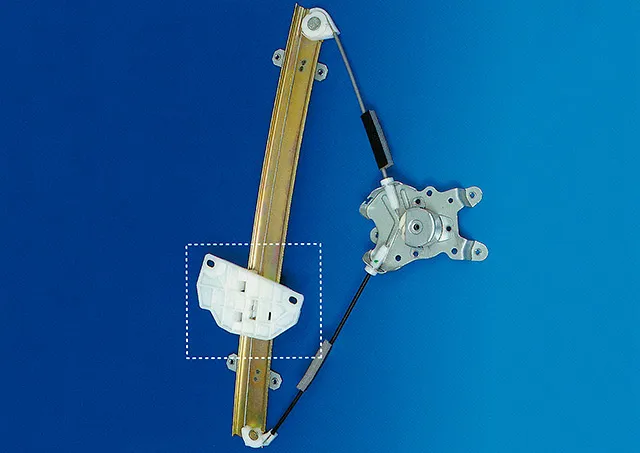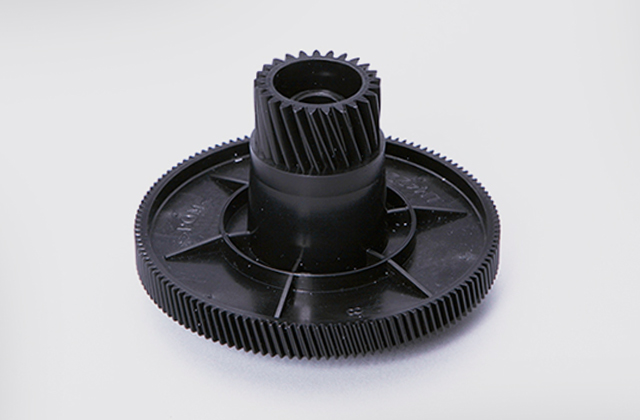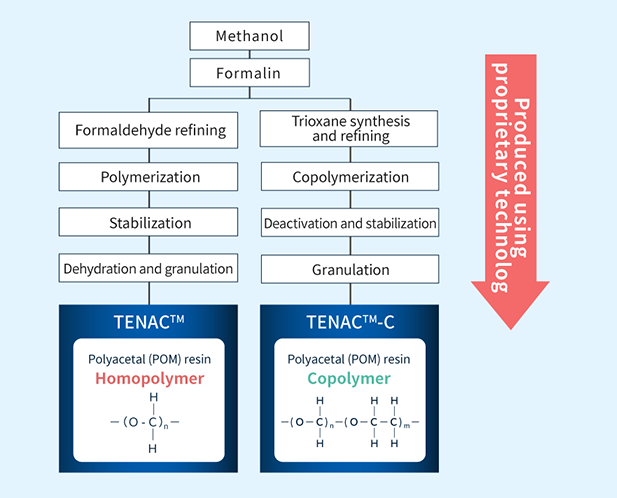What is TENAC™?
TENAC™/TENAC™-C is POM (Polyoxymethylene or polyacetal) resins. POM resins are engineering
plastics featuring excellent sliding properties (friction and wear characteristics), toughness,
and fatigue behavior. POM resins are crystalline thermoplastic resins.
ASAHI KASEI produces POM resins with our own proprietary technology and covers two variations
of POM resins.TENAC™: homopolymers ([−CH2O−]n) consisting solely of chains
of formaldehyde monomers TENAC™-C: copolymers ([[−CH2O−]p/[−CH2CH2O−]q]n)
containing oxyethylene units formed from trioxane.
TENAC™ and TENAC™-C Properties
Our Polyacetal (POM) product category includes a diverse range of TENAC™ copolymer and homopolymer compounds. While homopolymers (TENAC™ ) have greater versatility, allowing them to work with different mechanical and structural parts, copolymers (TENAC™ -C) offer an advantage of chemical resistance and improved stability. TENAC™ copolymer and homopolymer compounds feature the following attributes:
- Low-temperature performance.
- Fatigue resistance.
- Dimensional stability.
- Creep resistance.
- Electrical properties.
- Toughness.
- Resistance to organic solvents and oils.
- Abrasion, friction and wear characteristics.
- Stiffness and strength.
Sliding properties
TENAC™ and TENAC™-C polyacetal (POM) resins have good sliding properties due to their self -lubricating nature, and also feature excellent wear and friction resistance. For these reasons, TENAC /TENAC -C resins are ideal materials for moving parts.
Fatigue behavior
TENAC™ and TENAC™-C polyacetal (POM) resins offer the greatest room-temperature durability of all nonreinforced engineering plastics. This property derives from the high molecular density of POM resins, in which molecules are closely packed together to yield high structural strength. For these reasons, TENAC™ and TENAC™-C resins are ideal materials for component subjected to long-term loading or repeated loading.
Creep resistance
TENAC™ and TENAC™-C polyacetal (POM) resins feature excellent creep resistance. Creep is a phenomenon in which a plastic component, continuously subjected to a constant load, deforms
progressively with the passage of time. TENAC™ exhibits minimal deformation under loading, thus avoiding various problems caused by material creep.
Resistance to oil and organic solvents
TENAC™ and TENAC™-C polyacetal (POM) resins feature excellent resistance to oils and organic solvents.
Acetal Copolymer Applications
Our line of Tenac™ polyoxymethylene products offers a thermoplastic with excellent stability, commonly referred to as polyacetal (POM). Tenac™ products are common in commercial applications that require high durability, superior aesthetics, low friction and wear resistance.
What is POM plastic (polyoxymethylene)?
Copolymer acetal plastic also called polyoxymethylene (POM) and polyacetal (acetal), is a semicrystalline, general-purpose engineered thermoplastic. Acetal is commonly used for parts that need to have adequate dimensional stability, the term for a plastic part’s ability to maintain its original dimensions when exposed to humidity andtemperature changes. Acetal copolymer is also employed in high-performance engineering components.
Widely used in the automotive and consumer electronics industries, acetal copolymer resin can be found in a wide variety of products:
- Fuel tank modules.
- Fasteners
- Lock systems
- Ball bearings
- Aerosol valves
- Small gear wheels
- Disposable applications
- Wear strips
- Medical technology
- Rollers
- Gas meters
- Bushings
